Small cars are big business. As other industries gnash their teeth over sales declines and predict the end of the world, the automotive players, those with B-segment contenders in particular, are doing rather well. Significantly up last year and, with new entrants late last year and this year, almost certainly more in 2014.
The rules of small cars are fast changing too. Until recently, small meant basic. If you wanted big car features you would (obviously enough) buy a big car. And if you couldn’t afford it, or fit it into your garage, tough.
Enter the 2014 Honda City. It’s not a size thing – this car is as dinky as other, more utilitarian sedans. What it offers is big car equipment and interior space. Not minimalism, but rather downsizing. So is it any good, and more crucially, is it better than the Toyota Vios? We hopped over to Phuket, Thailand to find out.
Perhaps more than others, the new City transcends the imaginary limitations of a B-segmenter. It has stand-out styling, decent (though not quite class-leading) build quality and a long list of equipment (even if most of them are kept for the flagship variant).
Across the range, it has a mildly improved version of Honda’s sweet 120 PS/145 Nm 1.5 litre SOHC i-VTEC engine. Best of all, though, thanks to its early introduction in this region, it’s already riding on the third-generation 2014 Honda Jazz platform, which is a big step-up from the Jazz that’s currently on sale here.
The first-gen Jazz-based 2002 Honda City, along with the original Toyota Vios, were the small sedans that started this B-segment phenomenon, passing invisibly in the early Noughties from small and reliable to small, premium-priced and reliable.
Not only did they quickly establish that people would pay slightly over the odds for badges, but also that they’d queue up to do so. If hot cakes ever need an analogy to illustrate their popularity, either the City or Vios would be a good place to come.
This is an all-new car rather than the 2013 Vios’ predominantly-skin-deep makeover. It gets a whole new look, based on Honda’s latest ‘Exciting H’ design direction and a completely funked-up interior (in the good sense, of course). Visual familiarity next to the outgoing City can’t disguise this new car’s promised excellence.
With four rather than just two model variants, the City becomes capable of sitting across numerous market segments. At the bottom end (the City S and S+) it can finally play forecourt tag with the base Vios and Nissan Almera, but in the upper ranges (the E and V; the latter especially), the equipment gets serious.
Turning back on its previous premium-priced strategy, Honda Malaysia is targeting the ever-popular Vios squarely in its new chiselled face now, while promising a realistic compromise between variant prices and the corresponding kit count. More on this when the full local prices and specifications are announced soon, but expect fireworks.
The Thai-built cars you see in these pictures vary from the Malaysian-assembled ones that you can buy here. The differences are minor, however, and are mostly in our favour. For instance, even the top-spec Thai models have a urethane steering wheel, while ours will be leather-wrapped. Ignore the rear centre lap belt too, as we’ll get proper three-point items.
But if you’ve been following the new City closely since its global debut in India late last year, you’d already know what it has (ESP, six airbags, rear air-con vents and a factory-fitted touch-screen media system in the top models), and what it doesn’t (leather seats, rear disc brakes, projector headlights, LED tail lamps). What we’re here to judge is how it feels to be in and to drive.
First up, the space. This car is massive inside; there’s no other way to describe it. With full freedom of seat movement, there’s a roomy, fairly comfortable driving position with plenty of air around your head, despite the seat being mounted a touch too high for our liking.
Speaking of the front thrones, they fail to escape Honda’s perennial seating issue – excessive lumbar support (too big a bulge on your lower back). It is non-adjustable in the City, forcing you to sit more upright than is ideal. The latest Vios’ much-improved front seats put these to absolute shame.
That’s a real pity, which then makes you think that you’d rather be in the back instead. Well actually, there are plenty of other reasons why you’d think that, for the new Honda’s rear cabin is the very best in the class, by far. For absolute legroom, it matches the Almera’s, but it’s the width that makes the City a real winner.
The space advantage is upheld by the cavernous 536-litre boot too, which is also class-leading (the Vios offers 506 litres). Honda’s “Man Maximum, Machine Minimum” philosophy pushes the frontier of interior space, and the City is a showcase of packaging masterclass. If you have a large family, this is the B-segment sedan to have. Period.
On the quality front, however, it’s not so class-leading. While the Vios cabin (hard plastics notwithstanding) makes you feel good, the City’s quality pales in comparison. We’re talking about perceived quality here, of course, not actual quality – there’s no doubt that the Honda’s interior will face the test of time as well, if not better than the Toyota’s.
Based on what you can see and feel, the Vios has the edge on material quality. Surely that wasn’t in the script. Apart from the City’s small section of soft-touch pad above the glove box (which is only present on the high-spec models, by the way), the Vios’ equally-hard plastics are finished in a nicer, more eye- and touch-friendly texture.
It’s still a good place to be in, though. Details such as the blue-ringed illuminated instrument cluster and touch-sensitive automatic air-con controls are nice, and the large touch-screen display mounted flush within the piano black centre console looks very premium indeed.
It works very well too. Its sleek, smartphone-like interface is both attractive and intuitive to operate, which betters UMW Toyota and Edaran Tan Chong Motor’s locally-developed retrofit items that are offered on the Vios and Almera. Phone/audio streaming through Bluetooth and GPS navigation are all present, though you’d miss a dedicated volume knob.
You get four USB jacks too (two up front, two in the back; not counting the 12V power socket), plus a class-first HDMI input. The latter allows you to link up the screen to your smartphones (iOS only for now) through HondaLink. It’s not the full-blown Apple CarPlay just yet, but it’s a good start nonetheless.
In terms of driving dynamics, it’s clear that, even more so than before, this City is not aiming at all-out back-road pace. What this car does best is transport you around in comfort by the line of least resistance, especially through the urban sprawl, and this explains the move back to having a CVT gearbox.
Yes, like it or not, Honda CVTs are back and it’s here to stay. This new Earth Dreams Technology transmission promises improved refinement and a total lack of bunny-hopping through traffic (rough low-speed gearchanges) that can inflict conventional torque-converter-equipped automatic cars, along with improved fuel efficiency.
It’s in the city, then, that the new City feels most at home. The tried and tested engine has enough low-down torque to feel sprightly around town, while the steering is light, and visibility (thanks to the elevated seating position that’s forced on you) is good. The new car’s softer suspension setup also rides out ripples particularly well, if not as good as either the Vios and Almera.
Out and about, the Honda sends mixed signals. On the highways (or rather empty two-lane Thai roads) it cruises easily enough, the suspension pillowing or parrying undulations as appropriate, with only the engine noise playing against the significantly improved cabin refinement.
Though still rather loud, the i-VTEC wail is at least pleasing to the ears in a way that the Vios’ VVTi and Almera’s CVTC power units just aren’t. And at full chat, the Honda engine is the quietest of the lot, despite its transmission’s unnerving inclination to keep it running at a constant 6,000 rpm (just a shade under the red line).
You quickly learn that the engine and gearbox combo works best when under-stressed, the smooth power delivery making the car feel more rapid than it is against the clock. Plant your foot hard down, however, and the illusion falls apart, as the available 120 PS feels no better than the Toyota’s 109 PS. You can blame the CVT for that.
Take it beyond the city limits, and the car hardly feels happy for you to lean on it in corners, where you can feel the back end taking a share of the load through the significant amount of body roll. This is certainly no Type R, and it makes no attempts to claim as such.
The springing is fundamentally soft, but the damping confident enough to carry a good amount of speed through. Having said that, the Thai-spec cars run on a decent set of Bridgestone Turanza ER370, while the local cars we’ve seen so far are all shod with the less-than-stellar Goodyear GT3s. How that will affect grip and road noise remains to be seen.
In short, the 2014 Honda City is nowhere near as wieldy as the Ford Fiesta, but it’s marginally more capable through the twisty stuff than the Toyota Vios, Nissan Almera and the locally-assembled Volkswagen Polo. On the flipside, those three have slightly better ride comfort than the City, but only just.
If you sense a little bit of disappointment in this preview, you’ve read it correctly. The new City promises a lot with its brand new platform and transmission, yet offers a mere incremental improvement over the older model. If anything, the jump here is smaller than what Toyota achieved by simply fine-tuning its existing (old) hardware. But let’s not allow that to distract you from what is still a great achievement.
So back to the initial question – is this the Vios-beater everyone is waiting for? It’s not quite the game-changer everyone – us included – expected it to be, but with its impressive breadth of abilities plus stand-out styling and class-leading features (on both toys and safety fronts, no less), it certainly looks like it.
Ultimately, its price will likely determine how it fares against the popular Toyota, so watch this space closely. From an objective point of view, that’s a job well done once again, Honda. This City joins the Accord at the top of their respective classes, and the CR-V is not bad either. Now, about that Civic…
Looking to sell your car? Sell it with Carro.


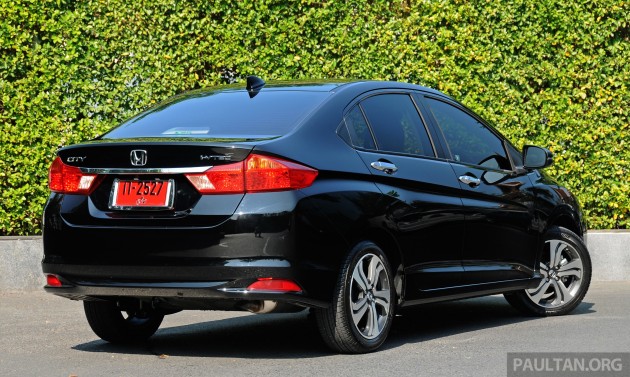




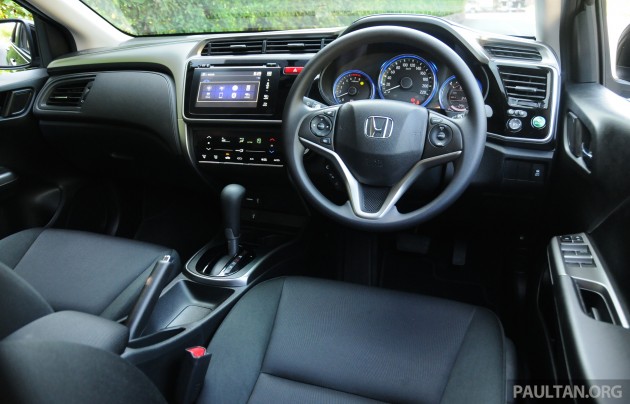





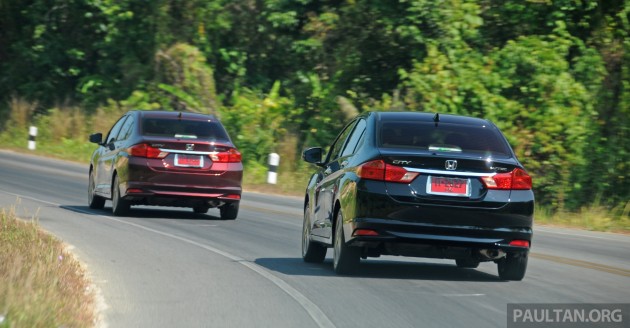








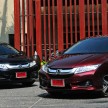

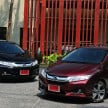
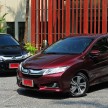

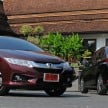




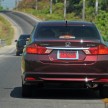

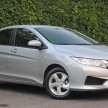
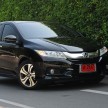
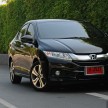
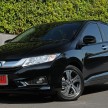
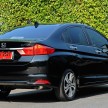
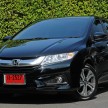

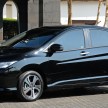
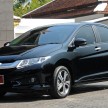





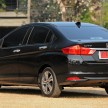




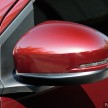


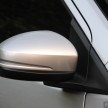
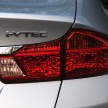
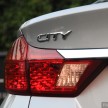







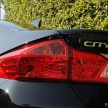
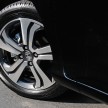

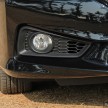
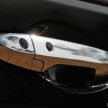


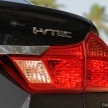
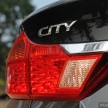
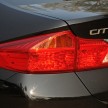
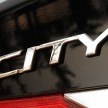
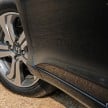

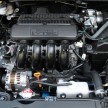
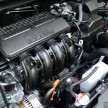

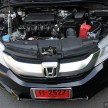
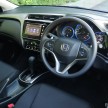

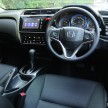





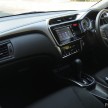
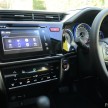
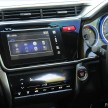







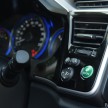

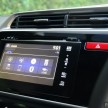
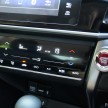
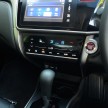
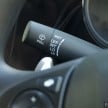


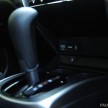
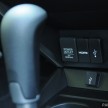


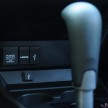
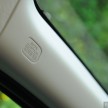



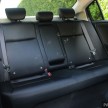

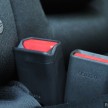




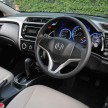
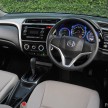
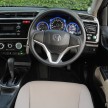

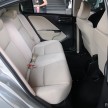
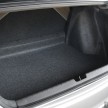



















AI-generated Summary ✨
Comments express excitement and positive anticipation for the new Honda City, highlighting its modern features, spacious interior, and competitive pricing, which could challenge the Toyota Vios in the market. Many appreciate Honda’s innovative tech, safety features, and the design upgrade, though some are disappointed by the absence of rear disc brakes and previous interior quality concerns. Concerns about CVT reliability and ride comfort are noted, but overall, the City is seen as a strong contender, especially with its affordability and tech integration. Several comments compare it favorably against rivals, mentioning its handling, space, and advanced features. Some critics comment on its exterior aesthetics and styling choices but acknowledge the car’s potential to outsell competitors. Overall, sentiments are predominantly optimistic, with many eager to test drive and see the final Malaysian specs.